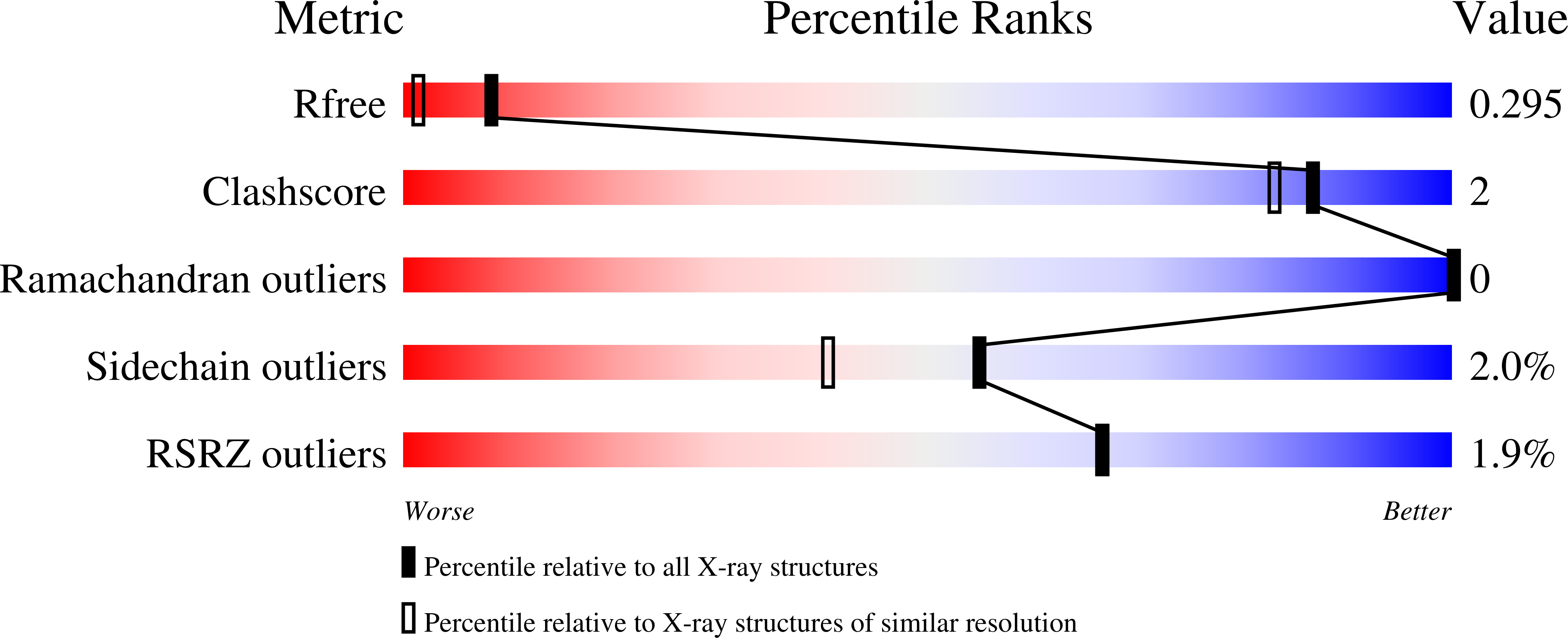
Deposition Date
2023-04-18
Release Date
2023-09-27
Last Version Date
2023-10-25
Entry Detail
PDB ID:
8SJJ
Keywords:
Title:
X-ray structure of the metastable SEPT14-SEPT7 heterodimeric coiled coil
Biological Source:
Source Organism:
Homo sapiens (Taxon ID: 9606)
Host Organism:
Method Details:
Experimental Method:
Resolution:
1.78 Å
R-Value Free:
0.28
R-Value Work:
0.22
R-Value Observed:
0.22
Space Group:
P 1 21 1


